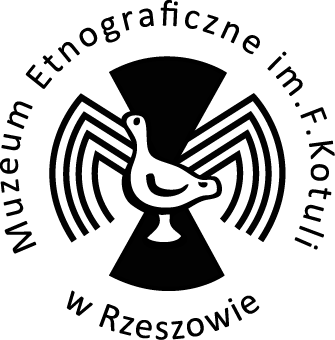pedal accordion
pedal accordion
Local name: pedałówkaClassification: 4 Aerophones / 41 Free aerophones / 412 Interruptive free aerophones / 412.1 Idiophonic interruptive aerophones or reeds / 412.13 Free reeds / 412.132 Sets of free reeds / 412.132-62-8 Sets of free reeds with flexible air reservoir, with keyboard
Maker: Jedynak K.
Date: ca 1920
Village / Town: Garwolin
Region: Mazovia
Country: Poland
Owner: The State Ethnographic Museum in Warsaw
Inventory number: PME 39104
Description: a pedal accordion; called "white"; chromatic; three-row keyboard 17/18/17 keys, 24-basses; bellows connected with pedals through a two-segment connector
Decoration: body embellished with engraved and colored floral and anthropomorphic ornamentation, colorful glass, and openwork with stylized floral and zoomorphic motives; pedals covered with colorful oilcloth, decorated with floral motives
Measurements: 382 x 375 x 205 mm, pedals 450 x 360 x 92 mm
Materials: wood, metal, glass, paper, cloth, plastic
Inscriptions: K. Jedynak / Garwolin
Sound compass, tuning: different scales depending on the type and specimen; usually the melody keyboard is arranged in minor-third rows composing the chromatic scale B♭ – b♭''', while the bass side is arranged in the chromatic scale C – b, which makes it possible to get all major triads
Performance practice: after World War I the accordion became a popular component of folk bands; the pedal variety being especially popular in Mazovia on the right side of the Vistula river (the region of Kurpie and the area of Garwolin]), to some degree also in Podlasie (Podlachia)
Catalog card by: Teresa Lewińska / Zbigniew J. Przerembski
A Polka; Tha Band from Płonka Kościelna: Jan Płoński (b. 1930), a three-row pedal accordion, Czesław Perkowski (b. 1919), drum; rec. Kazimierz 1992; Sources of Polish Folk Music
<< Back














